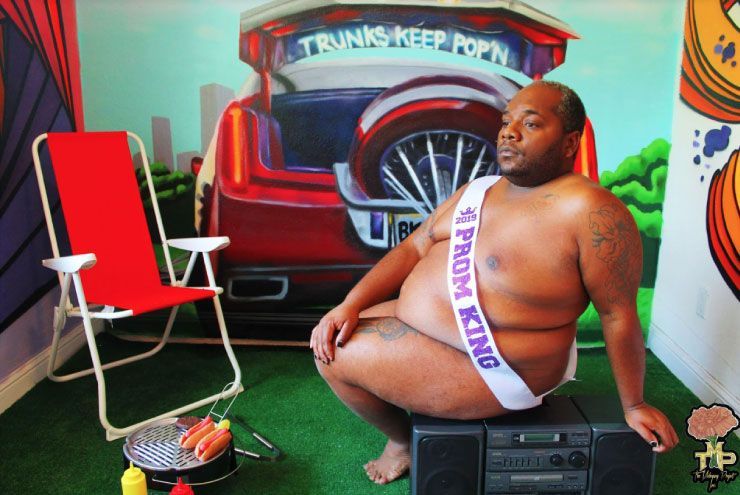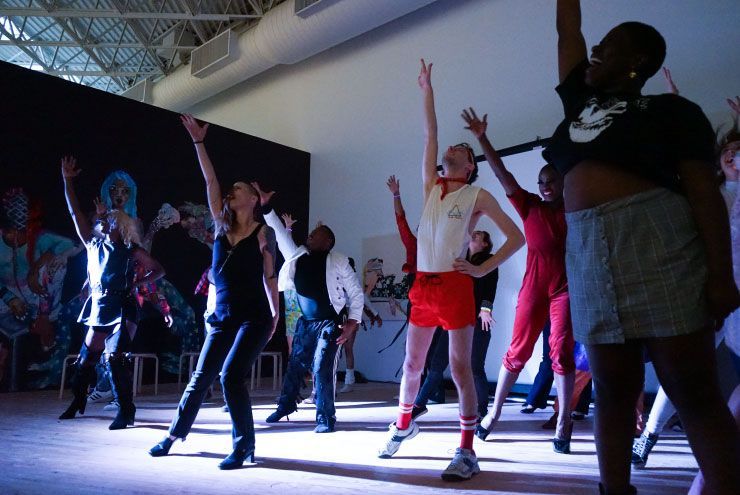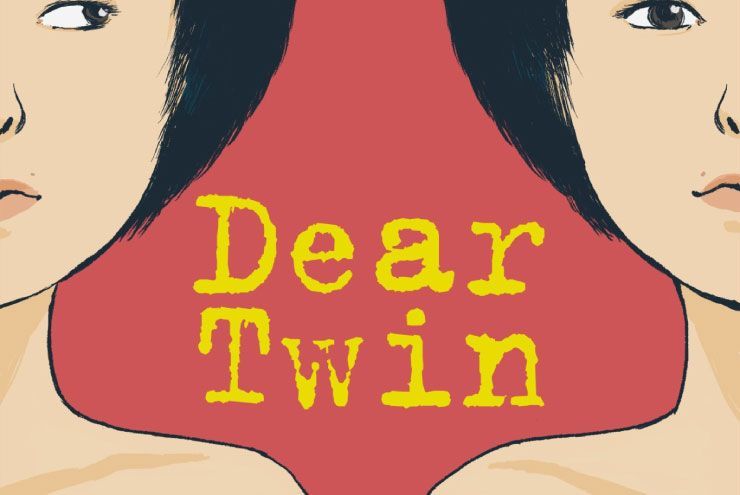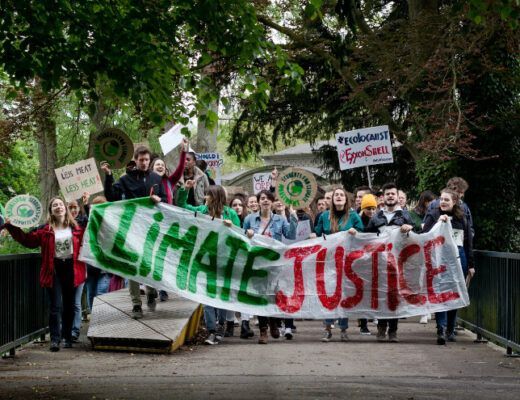By Crimson Jordan
The queer cult classic To Wong Fu, Thanks for Everything! Julie Newmar opens with Vida Boheme (Patrick Schwayze) and Noxeema Jackson (Wesley Snipes) fixing their hair and makeup to the nines while listening to a house mix of Salt-N-Pepa’s empowering anthem, “I Am The Body Beautiful.”
It was this scene—in particular, this song—that struck Mahogany Project founder Verniss McFarland III. “I love the idea of them sitting, getting dressed, and they listen to this song that talks about you redefining your body, liking what you put on, and how the value you put on your body makes it beautiful,” McFarland explains.
The value you put on your body makes it beautiful.
Hearing McFarland say these ten words gave me pause. Sure, I’ve all heard messages of empowerment and self-love before. But never—never—have I heard such a clear and concise statement on how we perceive our own beauty. We are in control of our own beauty, not because of what we can change or accept, but because we can define beauty for ourselves. We are not redefining beauty by challenging beauty standards; we are owning beauty by being, and knowing that we are beautiful and untouchable to others’ negative thoughts or definitions.
McFarland harnessed this notion to create the Body Beautiful Project, a photo and video campaign to promote self-defined beauty and self-worth, as well as to combat the stigma that surrounds body image, HIV status (and the associated body shaming and status shaming), and other issues that affect our community—from the refusal to acknowledge one’s HIV status, to not wanting to be tested out of fear of persecution, to the eating disorders that plague our teenagers and young adults, to the lasting health complications some of our transgender siblings face, to the normalization of abusive relationship dynamics.
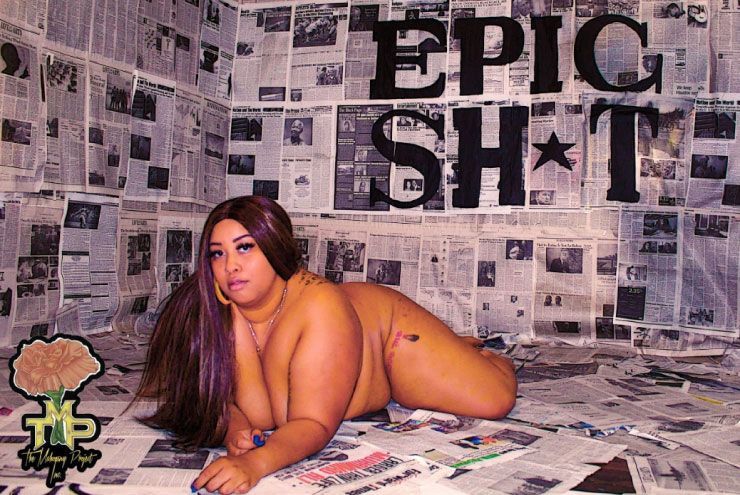
The idea of beauty and what makes someone beautiful has always been considered subjective, but the Body Beautiful Project asks, “What if it wasn’t? What if a person’s beauty and worth belonged to them, and was unable to be taken away?” McFarland argues that while we, as the LGBTQ community, claim to further the concepts of sex and body positivity, we still assume and impose value on people and their bodies. “We police our bodies, we police each other’s bodies,” McFarland says. “‘No fats, no fems.’ We take advantage of our bodies, what they mean, what they are.”
“Once you know who you are and own it, no one can take that away from you,” McFarland adds. “No one can tear you down because you know how beautiful you are. Your body, your HIV status, your mental capacity, your disability, that’s yours.”
The Body Beautiful Project photos are bold and beautifully composed, intended to not only provoke thought, but to invoke action—to inspire others to join the movement. “Anyone can be involved the Body Beautiful Project,” McFarland says. “All that is needed is access to a mobile device or the internet and the desire to be involved. [People who want to participate] can either take a tasteful nude or topless photo that shows them breaking stigma, HIV status shaming, or shedding light to another social issue using body imagery. Then, post it to social media with the hashtag #thebodybeautiful and #themahoganyproject so that we can see you break stigma in your everyday life!”
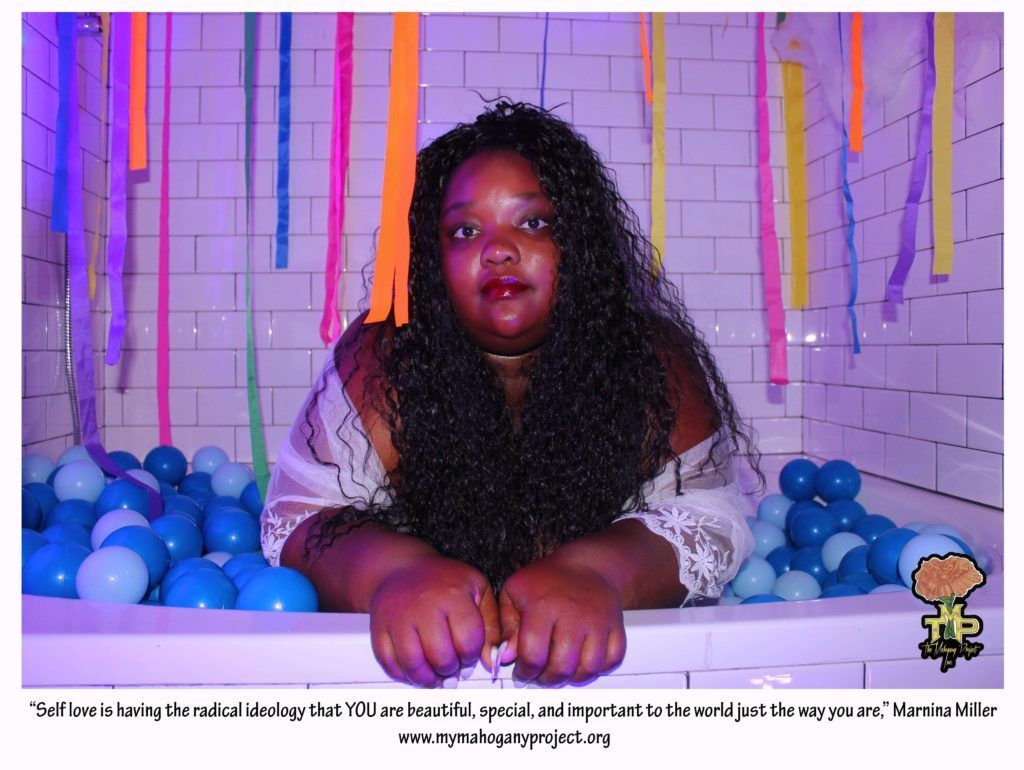
By encouraging self-love, McFarland says, we are in turn creating a healthier, stronger, more aware, and more sustainable community. Healthier ideas lead to healthier communities, and once we ourselves are healed, we are more capable of helping and healing others. “When your cup is full, you are able to fill others up,” McFarland says.
As the project continues to grow, McFarland hopes to create a digital catalogue of all the photos, and to expand the project to include more video submissions as well. “My desired outcome is for people to not only look at these photos, but engage in the projects—to create their own photos and videos, and to share their own stories,” McFarland says.
Learn more about the Body Beautiful Project at mymahoganyproject.org.


